Home>Furniture & Design>Bathroom Accessories>What To Put In A Travel First Aid Kit
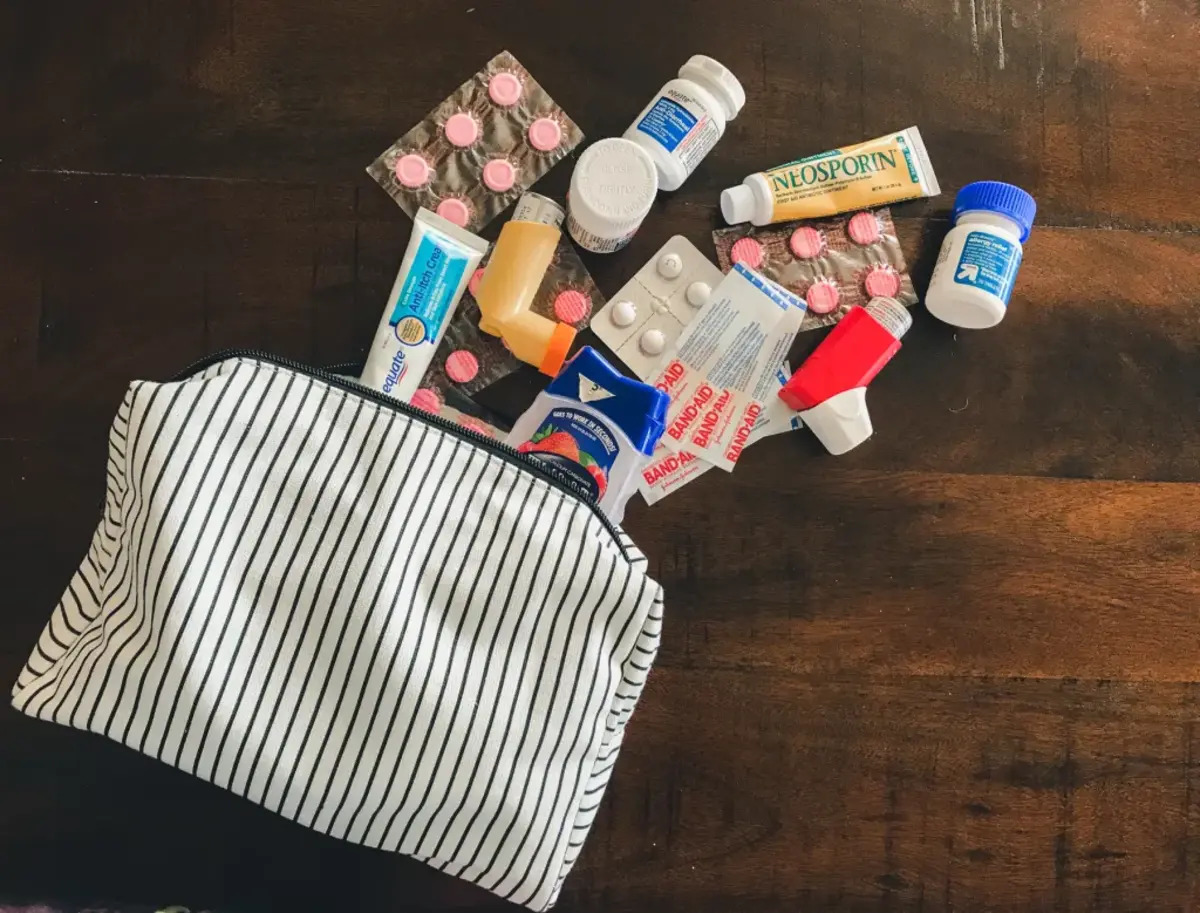

Bathroom Accessories
What To Put In A Travel First Aid Kit
Modified: February 18, 2024
Ensure a safe and comfortable trip with our essential bathroom accessories for your travel first aid kit. Be prepared for any unexpected mishaps on the go.
(Many of the links in this article redirect to a specific reviewed product. Your purchase of these products through affiliate links helps to generate commission for Storables.com, at no extra cost. Learn more)
Bandages and Adhesive Dressings
Bandages and adhesive dressings are essential components of any travel first aid kit. These items are indispensable for treating minor cuts, scrapes, and blisters that may occur during outdoor activities or while exploring new destinations. When assembling a travel first aid kit, it's crucial to include a variety of bandages and adhesive dressings to address different types of wounds and provide adequate protection.
Here are the key types of bandages and adhesive dressings to consider including in your travel first aid kit:
-
Adhesive Bandages (Plasters): These are commonly known as "band-aids" and are ideal for covering small cuts and abrasions. They come in various sizes and shapes, including standard strips, fingertip bandages, and knuckle bandages. The adhesive bandages provide a protective barrier against dirt and bacteria, promoting faster healing.
-
Sterile Gauze Pads: These are highly absorbent and non-adherent, making them suitable for covering larger wounds or applying pressure to control bleeding. Sterile gauze pads are versatile and can be secured in place with medical tape, ensuring that the wound remains clean and protected.
-
Roller Gauze: This type of bandage is excellent for securing dressings in place, particularly on joints or areas that require flexibility. It allows for customizable coverage and compression, making it an essential addition to the travel first aid kit.
-
Blister Pads: When exploring new terrain or engaging in physical activities, blisters can be a common occurrence. Including blister pads in the first aid kit provides relief and protection for these painful irritations, allowing individuals to continue their adventures comfortably.
-
Liquid Bandage: In addition to traditional adhesive dressings, liquid bandages offer a waterproof and flexible seal for minor cuts and abrasions. This innovative solution provides an extra layer of protection, especially in situations where traditional bandages may be less effective.
By including a variety of bandages and adhesive dressings in your travel first aid kit, you can effectively address a wide range of minor injuries and ensure that you are prepared to handle unexpected mishaps while on the go. These items not only promote proper wound care but also offer peace of mind, allowing travelers to focus on enjoying their experiences without being hindered by minor injuries.
Key Takeaways:
- Be prepared for minor injuries and discomfort while traveling by including bandages, antiseptic wipes, and pain relievers in your first aid kit. Stay safe and enjoy your adventures with peace of mind.
- Protect yourself from sun exposure and insect bites by packing sunscreen and insect repellent in your travel first aid kit. Stay comfortable and healthy while exploring new destinations.
Read more: What To Put In A Hiking First Aid Kit
Antiseptic Wipes and Alcohol Swabs
Antiseptic wipes and alcohol swabs are indispensable components of a well-prepared travel first aid kit. These items play a crucial role in preventing infection and promoting proper wound care, making them essential for addressing minor injuries and maintaining hygiene while on the go.
Antiseptic wipes are pre-moistened towelettes that are saturated with antiseptic solutions, such as benzalkonium chloride or povidone-iodine. These wipes are designed to clean and disinfect minor wounds, cuts, and scrapes, effectively reducing the risk of infection. Their convenient, single-use packaging makes them ideal for inclusion in a travel first aid kit, as they are easily accessible and ready for immediate use.
Alcohol swabs, on the other hand, are small, individually packaged pads that are saturated with isopropyl alcohol. These swabs are highly effective for disinfecting the skin before administering injections, drawing blood, or performing minor surgical procedures. Additionally, they can be used to clean and sterilize small tools or instruments in emergency situations.
When assembling a travel first aid kit, it is advisable to include a sufficient quantity of antiseptic wipes and alcohol swabs to accommodate various potential scenarios. These items are particularly valuable for travelers engaging in outdoor activities, exploring remote areas, or participating in sports and recreational pursuits. In such environments, the risk of sustaining minor injuries is heightened, making the presence of antiseptic wipes and alcohol swabs essential for prompt and effective wound care.
In addition to their primary function of disinfecting wounds, antiseptic wipes and alcohol swabs can also serve as versatile tools for maintaining personal hygiene during travel. They can be used to clean and sanitize hands, surfaces, and equipment, helping to minimize the risk of exposure to harmful pathogens and contaminants.
By including antiseptic wipes and alcohol swabs in a travel first aid kit, individuals can ensure that they are well-prepared to address minor injuries and maintain proper hygiene while away from home. These items contribute to a comprehensive approach to health and safety during travel, providing peace of mind and enabling travelers to focus on enjoying their experiences with confidence and security.
Gauze Pads and Medical Tape
Gauze pads and medical tape are fundamental components of a well-equipped travel first aid kit, serving as versatile and essential items for addressing a wide range of injuries and medical needs. These supplies are indispensable for providing effective wound care, securing dressings, and promoting proper healing while on the go.
Gauze pads, also known as sterile gauze sponges, are highly absorbent and non-adherent, making them ideal for cleaning and covering wounds. Their non-stick design minimizes trauma to the wound during dressing changes, reducing discomfort for the injured individual. Additionally, the high absorbency of gauze pads enables them to effectively control bleeding and exudate from wounds, facilitating the healing process.
When selecting gauze pads for a travel first aid kit, it is important to consider various sizes to accommodate different wound types and locations. Including both small and large gauze pads ensures that individuals are prepared to address a range of injuries, from minor cuts and scrapes to larger wounds that may occur during outdoor activities or exploration.
Medical tape, often referred to as surgical tape or adhesive tape, is an essential companion to gauze pads, as it is used to secure dressings and bandages in place. This versatile tape is designed to provide reliable adhesion while remaining gentle on the skin, making it suitable for individuals with sensitive skin or allergies to certain adhesives. Medical tape is available in various widths and can be easily torn by hand, allowing for quick and convenient application in emergency situations.
In addition to securing dressings, medical tape can be used for other purposes, such as immobilizing injured joints, creating makeshift splints, or securing medical equipment or supplies. Its versatility and strong adhesive properties make it a valuable asset in addressing a wide range of medical needs and emergencies during travel.
By including gauze pads and medical tape in a travel first aid kit, individuals can ensure that they are prepared to provide effective wound care and address injuries promptly and efficiently. These supplies contribute to a comprehensive approach to health and safety during travel, empowering individuals to navigate unforeseen medical situations with confidence and readiness.
Tweezers and Scissors
Tweezers and scissors are indispensable tools that play a crucial role in addressing a variety of medical and first aid needs during travel. These essential instruments enable individuals to perform precise and delicate tasks, such as removing splinters, cutting bandages, or trimming medical tape, with accuracy and efficiency.
Tweezers, often made of stainless steel, are designed with fine, pointed tips that allow for the precise grasping and removal of foreign objects embedded in the skin, such as splinters, thorns, or debris. Their ergonomic design and sharp, tapered ends make them ideal for accessing and extracting small foreign bodies, providing relief and preventing potential complications from untreated injuries.
When selecting tweezers for a travel first aid kit, it is advisable to choose a pair with a slant tip or pointed tip, as these designs offer enhanced precision and control. Additionally, including a pair of magnifying tweezers with a built-in magnifying glass can further facilitate the safe and accurate removal of tiny foreign objects, especially in situations with limited visibility or challenging extraction angles.
Scissors, another essential component of a travel first aid kit, are versatile tools that serve multiple purposes, including cutting bandages, gauze pads, medical tape, and clothing to facilitate wound assessment and treatment. Travel-friendly scissors are typically compact and designed with rounded tips to minimize the risk of accidental puncture or injury during use.
When selecting scissors for inclusion in a travel first aid kit, it is important to prioritize safety and functionality. Opting for scissors with a protective cap or sheath ensures that they can be safely stored and accessed without posing a risk of unintended cuts or damage to other items in the first aid kit. Additionally, choosing scissors with stainless steel blades ensures durability and resistance to corrosion, making them suitable for long-term use in various environments.
In addition to their primary functions, tweezers and scissors can also serve as versatile tools for addressing a range of non-medical needs during travel, such as repairing gear, removing splinters from camping equipment, or performing intricate tasks that require precision and dexterity. Their multifunctional nature makes them valuable assets for individuals engaging in outdoor activities, exploring remote areas, or participating in sports and recreational pursuits.
By including tweezers and scissors in a travel first aid kit, individuals can ensure that they are well-prepared to address a variety of medical and practical needs while on the go. These essential tools contribute to a comprehensive approach to health and safety during travel, empowering individuals to navigate unforeseen situations with confidence and readiness.
Pain Relievers and Fever Reducers
Pain relievers and fever reducers are essential medications to include in a travel first aid kit, providing relief from common ailments such as headaches, muscle aches, and fevers that may arise during travel. These medications play a pivotal role in managing discomfort and promoting well-being, allowing individuals to address minor health issues promptly and continue enjoying their travel experiences.
When selecting pain relievers and fever reducers for a travel first aid kit, it is important to consider the specific needs and preferences of the individuals who will be using the kit. Common over-the-counter medications such as acetaminophen (paracetamol), ibuprofen, and aspirin are widely recognized for their effectiveness in alleviating pain and reducing fever. Each of these medications has unique characteristics and potential considerations, making it essential to choose the most suitable options based on individual health profiles and any existing medical conditions.
Acetaminophen, known for its efficacy in reducing fever and relieving mild to moderate pain, is a popular choice for individuals who may be sensitive to nonsteroidal anti-inflammatory drugs (NSAIDs) or have a history of gastrointestinal issues. Its gentle nature and minimal impact on the stomach lining make it a preferred option for many travelers seeking relief from discomfort without the risk of gastrointestinal irritation.
Ibuprofen, a nonsteroidal anti-inflammatory drug, is highly regarded for its dual benefits of pain relief and fever reduction, as well as its anti-inflammatory properties. This medication is particularly valuable for individuals experiencing muscle aches, joint pain, or inflammation related to minor injuries or overexertion during physical activities. Additionally, ibuprofen's anti-inflammatory effects can provide relief for conditions such as minor sprains, strains, and minor arthritis discomfort, making it a versatile and valuable addition to a travel first aid kit.
Aspirin, while primarily recognized for its role in cardiovascular health, also serves as an effective pain reliever and fever reducer. Its antiplatelet and anti-inflammatory properties make it a valuable asset for individuals who may be at risk of cardiovascular events, as well as those seeking relief from mild to moderate pain and fever. However, it is important to note that aspirin should be used with caution, especially in individuals with a history of bleeding disorders or those taking blood-thinning medications.
In addition to selecting the appropriate pain relievers and fever reducers, it is crucial to include clear and concise instructions for their use within the travel first aid kit. Providing guidance on proper dosage, frequency of administration, and potential interactions with other medications or medical conditions ensures that individuals can safely and effectively utilize these medications when needed.
By including a selection of pain relievers and fever reducers in a travel first aid kit, individuals can proactively address common health concerns and mitigate discomfort while away from home. These medications contribute to a comprehensive approach to health and well-being during travel, empowering individuals to manage minor health issues with confidence and ease, allowing them to focus on enjoying their travel experiences to the fullest.
Always include essential items like adhesive bandages, antiseptic wipes, pain relievers, and any personal medications in your travel first aid kit. It’s also a good idea to pack items like tweezers, scissors, and a thermometer for added convenience.
Read more: What To Put In A First Aid Kit For A Car
Antihistamines and Motion Sickness Medication
Antihistamines and motion sickness medication are vital additions to a travel first aid kit, offering relief from allergies, motion-induced discomfort, and related symptoms that can arise during travel. These medications play a crucial role in managing allergic reactions, such as hay fever, insect bites, or food allergies, as well as alleviating the symptoms of motion sickness, including nausea, dizziness, and vomiting.
Antihistamines, available in various formulations such as tablets, liquid, or dissolvable forms, are widely recognized for their effectiveness in combating allergic reactions. These medications work by blocking the action of histamine, a compound released by the body during an allergic response, thereby reducing symptoms such as itching, sneezing, and hives. Including a non-drowsy antihistamine in a travel first aid kit ensures that individuals can address allergic reactions promptly without experiencing significant drowsiness or impairment, allowing them to continue their travel activities comfortably.
In addition to managing allergies, antihistamines can also serve as a valuable resource for individuals prone to motion sickness. The anti-nausea and anti-vomiting properties of certain antihistamines make them effective in mitigating the discomfort associated with motion-induced queasiness, particularly during car, air, or sea travel. By including antihistamines with antiemetic properties in a travel first aid kit, individuals can proactively address the potential challenges of motion sickness, enabling them to travel with greater comfort and confidence.
Motion sickness medication, specifically formulated to alleviate symptoms related to motion-induced discomfort, is an essential component of a travel first aid kit, particularly for individuals susceptible to travel-related nausea and dizziness. These medications are available in various forms, including tablets, chewable tablets, and patches, offering individuals flexibility in choosing the most suitable option for their needs and preferences. By including motion sickness medication in a travel first aid kit, individuals can effectively manage the symptoms of motion sickness, allowing them to travel with greater ease and enjoyment.
When selecting antihistamines and motion sickness medication for a travel first aid kit, it is important to consider individual sensitivities, potential interactions with other medications, and any existing medical conditions. Additionally, providing clear instructions for the use of these medications within the first aid kit ensures that individuals can safely and effectively address allergic reactions and motion-induced discomfort during travel.
By including antihistamines and motion sickness medication in a travel first aid kit, individuals can proactively address common health concerns and mitigate discomfort while away from home. These medications contribute to a comprehensive approach to health and well-being during travel, empowering individuals to manage minor health issues with confidence and ease, allowing them to focus on enjoying their travel experiences to the fullest.
Sunscreen and Insect Repellent
Sunscreen and insect repellent are essential protective measures for individuals engaging in outdoor activities and exploring diverse environments during travel. These two items play a pivotal role in safeguarding against the harmful effects of sun exposure and insect-borne illnesses, ensuring that travelers can enjoy their experiences with enhanced comfort and peace of mind.
Sunscreen, available in various formulations such as lotions, sprays, and sticks, is designed to provide effective protection against the damaging effects of ultraviolet (UV) radiation from the sun. By applying sunscreen to exposed skin, individuals can mitigate the risk of sunburn, premature skin aging, and long-term skin damage, including the development of skin cancer. When selecting sunscreen for a travel first aid kit, it is important to consider the sun protection factor (SPF) and broad-spectrum coverage to ensure comprehensive defense against both UVA and UVB rays. Additionally, choosing water-resistant sunscreen formulations is advantageous for individuals participating in water-based activities or visiting humid environments, as it enhances the durability of sun protection during exposure to moisture.
Insect repellent, available in various formulations such as sprays, lotions, and wipes, serves as a crucial defense against insect bites and potential vector-borne diseases. By applying insect repellent to exposed skin and clothing, individuals can effectively deter mosquitoes, ticks, flies, and other biting insects, reducing the risk of insect-borne illnesses such as malaria, dengue fever, Zika virus, and Lyme disease. When selecting insect repellent for a travel first aid kit, it is advisable to choose formulations containing active ingredients such as DEET, picaridin, or oil of lemon eucalyptus, as these have been proven effective in repelling a wide range of insects. Additionally, considering the duration of protection offered by the repellent and any specific recommendations for reapplication based on environmental conditions is essential for maintaining consistent and reliable insect protection.
By including sunscreen and insect repellent in a travel first aid kit, individuals can proactively mitigate the risks associated with sun exposure and insect bites, promoting a safer and more enjoyable travel experience. These protective measures contribute to a comprehensive approach to health and well-being during travel, empowering individuals to explore diverse environments with confidence and resilience against environmental hazards.
In summary, sunscreen and insect repellent are indispensable components of a well-prepared travel first aid kit, offering essential protection against the harmful effects of sun exposure and insect-borne illnesses. By prioritizing these protective measures, individuals can enhance their ability to enjoy outdoor activities and exploration while minimizing the potential health risks associated with sun exposure and insect bites.
Antibiotic Ointment
Antibiotic ointment is a crucial component of a travel first aid kit, offering valuable support for the prevention of infection and the promotion of efficient wound healing. This topical medication contains active ingredients such as bacitracin, neomycin, and polymyxin B, which work synergistically to combat a wide spectrum of bacteria that may enter the body through cuts, scrapes, or minor injuries.
When applied to a wound, antibiotic ointment forms a protective barrier that helps prevent the growth of bacteria and reduces the risk of infection. By creating an optimal environment for healing, the ointment supports the body's natural repair processes, allowing the skin to regenerate and recover more effectively. This is particularly beneficial for individuals engaging in outdoor activities or exploring unfamiliar environments, where exposure to dirt, bacteria, and other contaminants is more likely.
In addition to its primary role in preventing infection, antibiotic ointment also soothes the affected area, providing relief from discomfort and minimizing the potential for scarring. Its emollient properties help keep the wound moist, which is conducive to the healing process and reduces the likelihood of scab formation. This can result in a smoother, less noticeable scar once the wound has healed, enhancing the overall recovery experience for the individual.
When selecting antibiotic ointment for a travel first aid kit, it is important to choose a formulation that is well-suited for individuals with sensitive skin and allergies. Opting for a hypoallergenic, fragrance-free ointment minimizes the risk of adverse reactions and ensures that the product can be safely used by a wide range of individuals. Additionally, considering the packaging size and portability of the ointment is essential, as it allows for convenient storage and accessibility during travel.
By including antibiotic ointment in a travel first aid kit, individuals can proactively address the risk of infection associated with minor injuries, promoting effective wound care and supporting the body's natural healing processes. This essential component contributes to a comprehensive approach to health and safety during travel, empowering individuals to navigate unforeseen medical situations with confidence and readiness.
In summary, antibiotic ointment serves as a valuable ally in promoting wound healing and preventing infection, making it an indispensable addition to any travel first aid kit. Its multifaceted benefits support individuals in maintaining optimal health and well-being while exploring new destinations and engaging in diverse activities.
Hydrocortisone Cream
Hydrocortisone cream is a valuable addition to any travel first aid kit, offering versatile relief for a range of skin irritations and inflammatory conditions. This topical corticosteroid medication contains hydrocortisone, a potent anti-inflammatory agent that effectively alleviates itching, redness, and swelling associated with various skin issues.
When applied to the skin, hydrocortisone cream acts by reducing the activity of inflammatory cells and suppressing the release of inflammatory substances, providing rapid relief from itching caused by insect bites, poison ivy, eczema, or allergic reactions. Its anti-itch properties make it an invaluable resource for individuals exploring outdoor environments or engaging in activities that may expose them to potential skin irritants.
In addition to its anti-itch benefits, hydrocortisone cream also serves as an effective remedy for mild skin rashes, dermatitis, and minor skin irritations. Its soothing and anti-inflammatory properties help calm irritated skin, promoting comfort and facilitating the skin's natural healing process. By reducing inflammation and discomfort, hydrocortisone cream enables individuals to address minor skin issues promptly, allowing them to continue their travel experiences with minimal disruption.
When selecting hydrocortisone cream for a travel first aid kit, it is essential to choose a formulation with a suitable concentration of hydrocortisone, typically ranging from 0.5% to 1%. Opting for a lower concentration is advisable for individuals with sensitive skin or for use on delicate areas, while a higher concentration may be preferred for addressing more severe skin irritations. Additionally, considering the size and portability of the cream's packaging ensures convenient storage and accessibility during travel, allowing individuals to address skin issues promptly and effectively.
By including hydrocortisone cream in a travel first aid kit, individuals can proactively address a variety of skin irritations and inflammatory conditions, promoting comfort and well-being during their travel experiences. This versatile and effective remedy contributes to a comprehensive approach to skin care and health maintenance, empowering individuals to navigate unforeseen skin issues with confidence and readiness.
In summary, hydrocortisone cream offers valuable relief for itching, redness, and swelling associated with skin irritations and inflammatory conditions, making it an indispensable addition to any travel first aid kit. Its multifaceted benefits support individuals in maintaining optimal skin health and comfort while exploring new destinations and engaging in diverse activities.
Read more: What To Put In A College First Aid Kit
Thermometer
A reliable and accurate thermometer is an indispensable tool in any travel first aid kit, providing individuals with the means to monitor body temperature and detect potential signs of fever or illness while away from home. Whether embarking on a leisurely vacation, engaging in outdoor adventures, or navigating unfamiliar environments, having a thermometer readily available offers peace of mind and facilitates proactive health management.
When selecting a thermometer for inclusion in a travel first aid kit, individuals have the option to choose from various types, including digital thermometers, infrared thermometers, and disposable thermometers. Digital thermometers, featuring easy-to-read displays and quick temperature readings, are popular choices for their convenience and accuracy. Infrared thermometers, utilizing non-contact technology to measure temperature, offer hygienic and efficient temperature monitoring, making them suitable for individuals seeking minimal physical contact during use. Disposable thermometers, designed for single-use applications, provide a practical solution for maintaining hygiene and portability, particularly in situations where sanitization may be challenging.
The inclusion of a thermometer in a travel first aid kit enables individuals to promptly assess their body temperature in the event of feeling unwell or experiencing symptoms of illness. By monitoring temperature fluctuations, individuals can make informed decisions regarding their health and seek appropriate medical attention if necessary. Additionally, having a thermometer on hand allows individuals to monitor the health of fellow travelers, providing valuable insights into their well-being and enabling early detection of potential health concerns.
In outdoor and adventure settings, where exposure to varying environmental conditions and physical exertion is common, a thermometer serves as a vital tool for assessing the impact of external factors on the body's temperature regulation. By monitoring body temperature before, during, and after physical activities, individuals can gauge their physiological responses and take proactive measures to prevent overheating or hypothermia, thereby promoting safety and well-being during outdoor pursuits.
In summary, the inclusion of a thermometer in a travel first aid kit empowers individuals to monitor their health, detect potential signs of illness, and make informed decisions regarding their well-being while away from home. This essential tool contributes to a comprehensive approach to health management during travel, offering reassurance and practical support for individuals exploring diverse environments and engaging in a range of activities.
Frequently Asked Questions about What To Put In A Travel First Aid Kit
Was this page helpful?
At Storables.com, we guarantee accurate and reliable information. Our content, validated by Expert Board Contributors, is crafted following stringent Editorial Policies. We're committed to providing you with well-researched, expert-backed insights for all your informational needs.
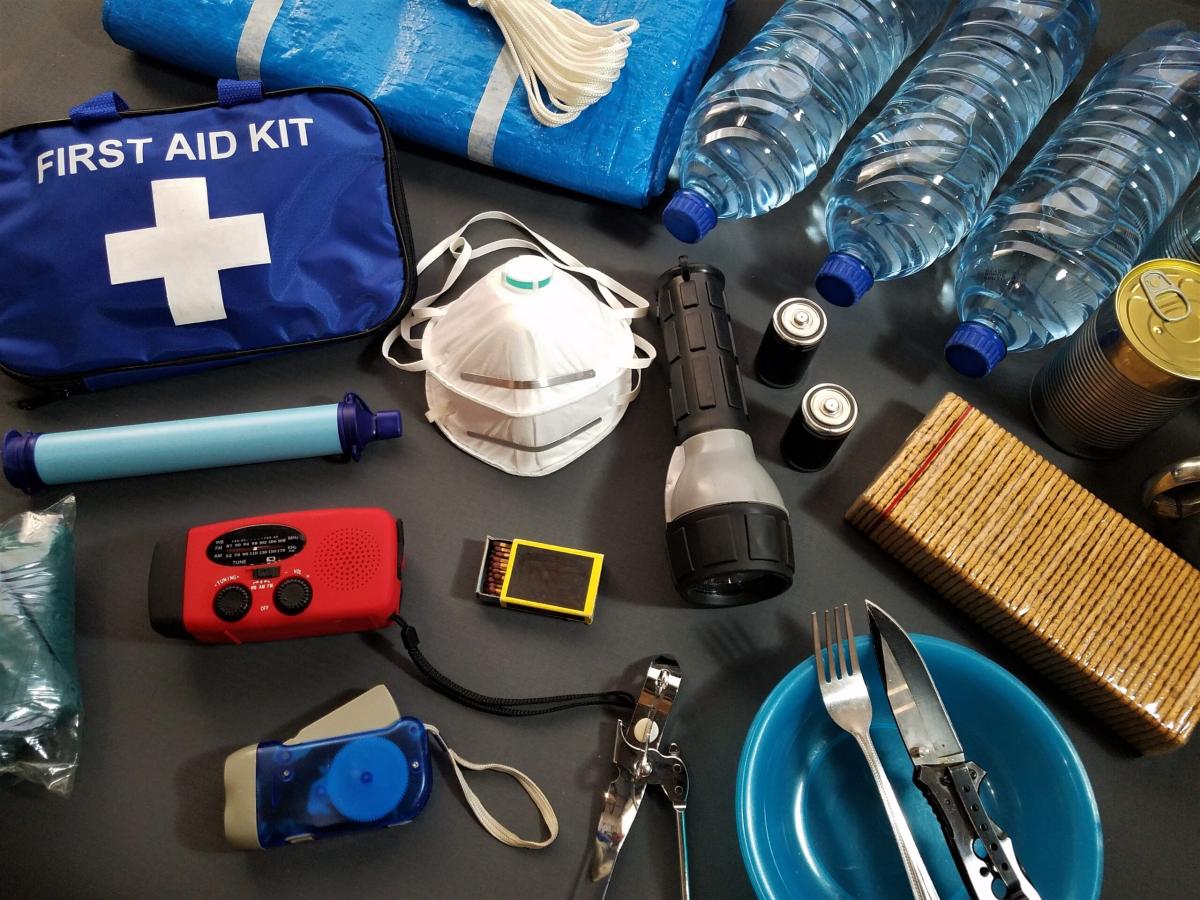
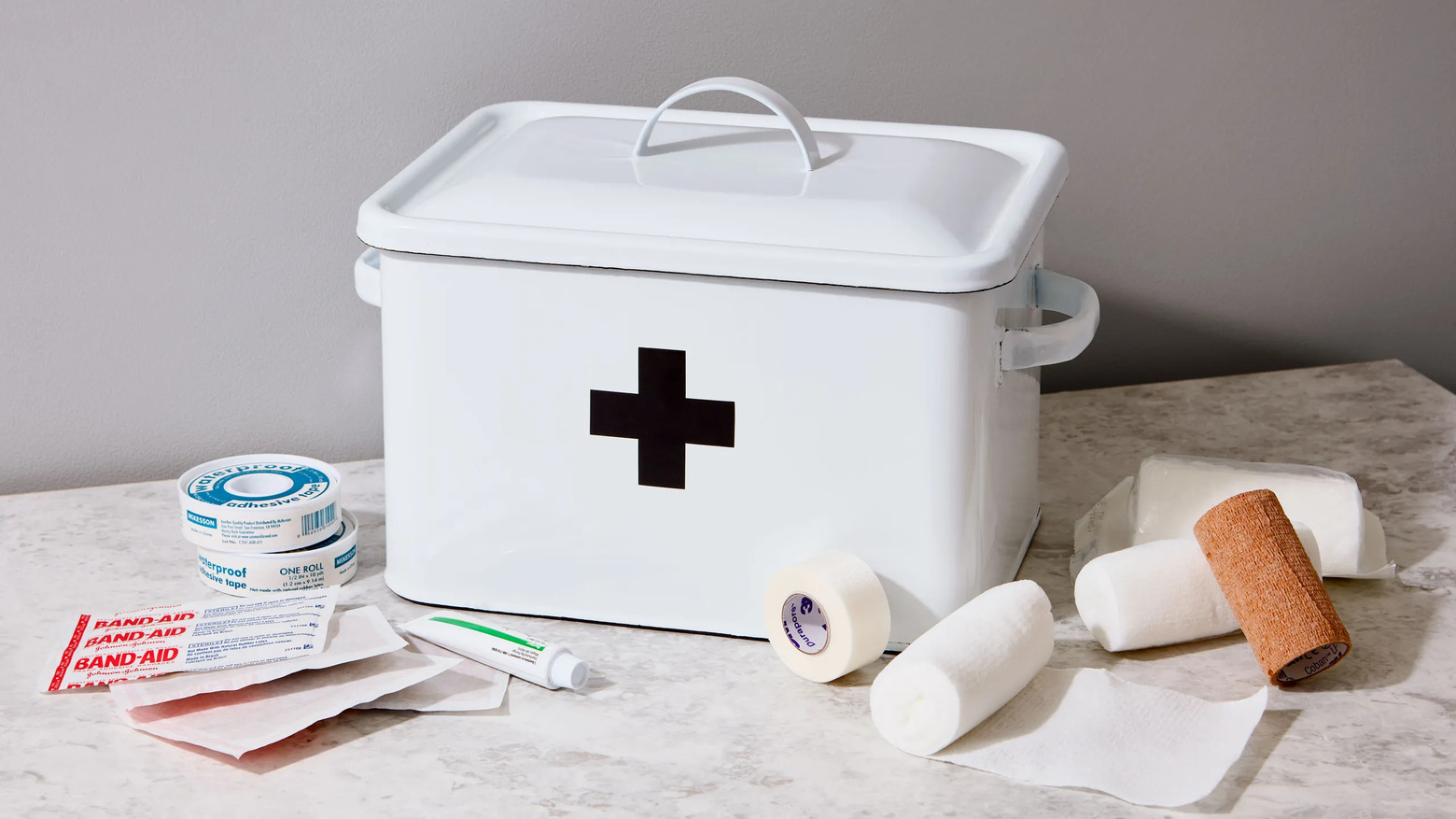
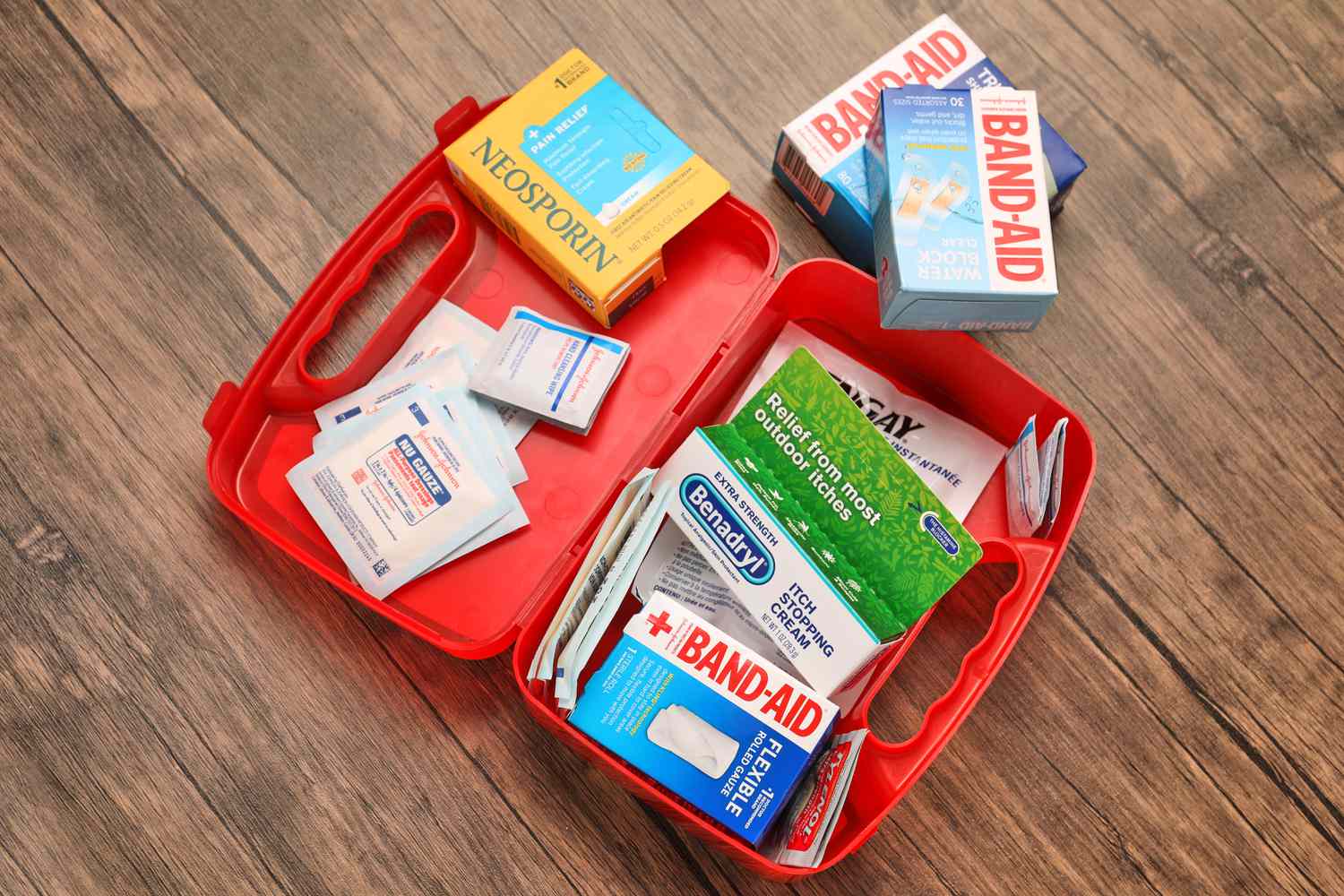
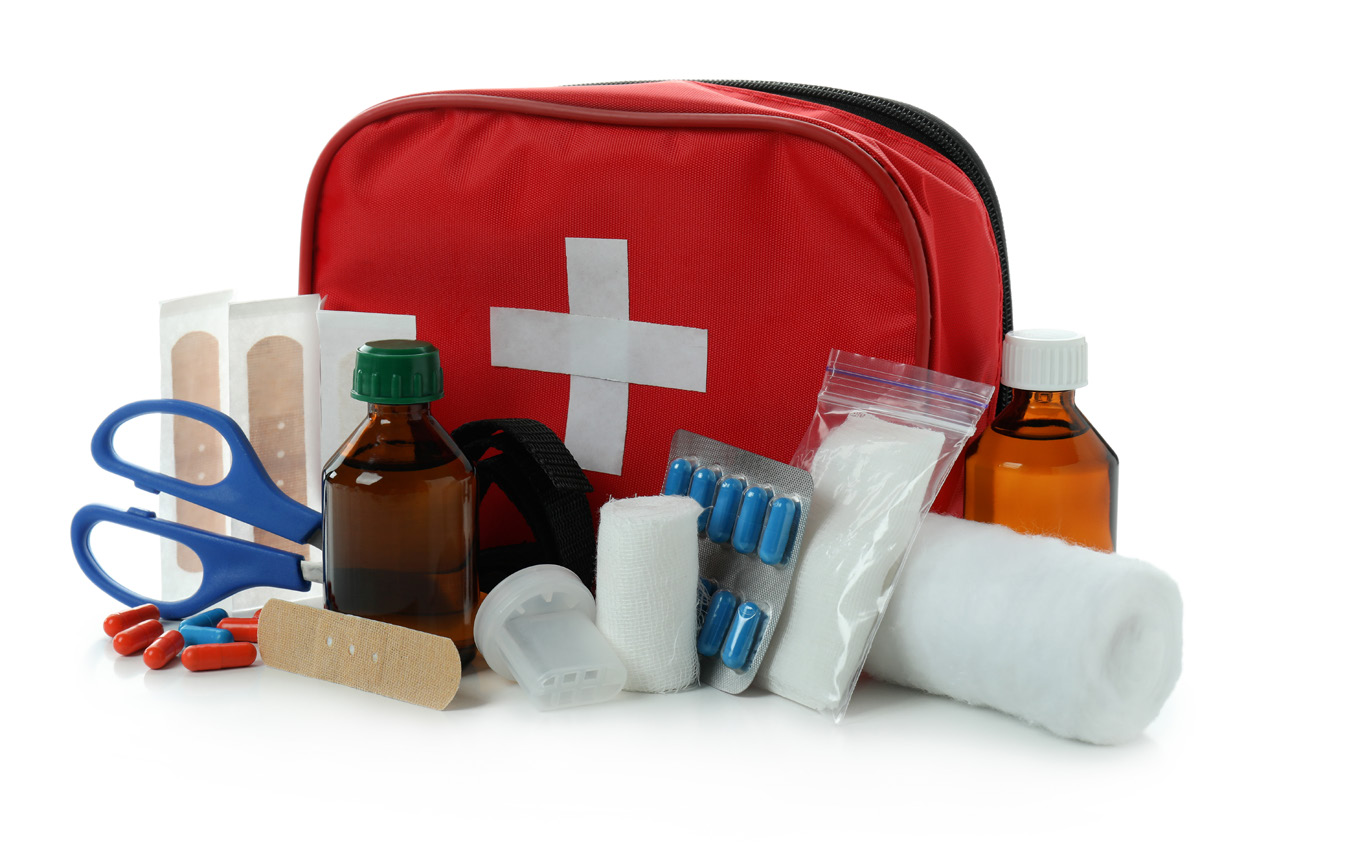
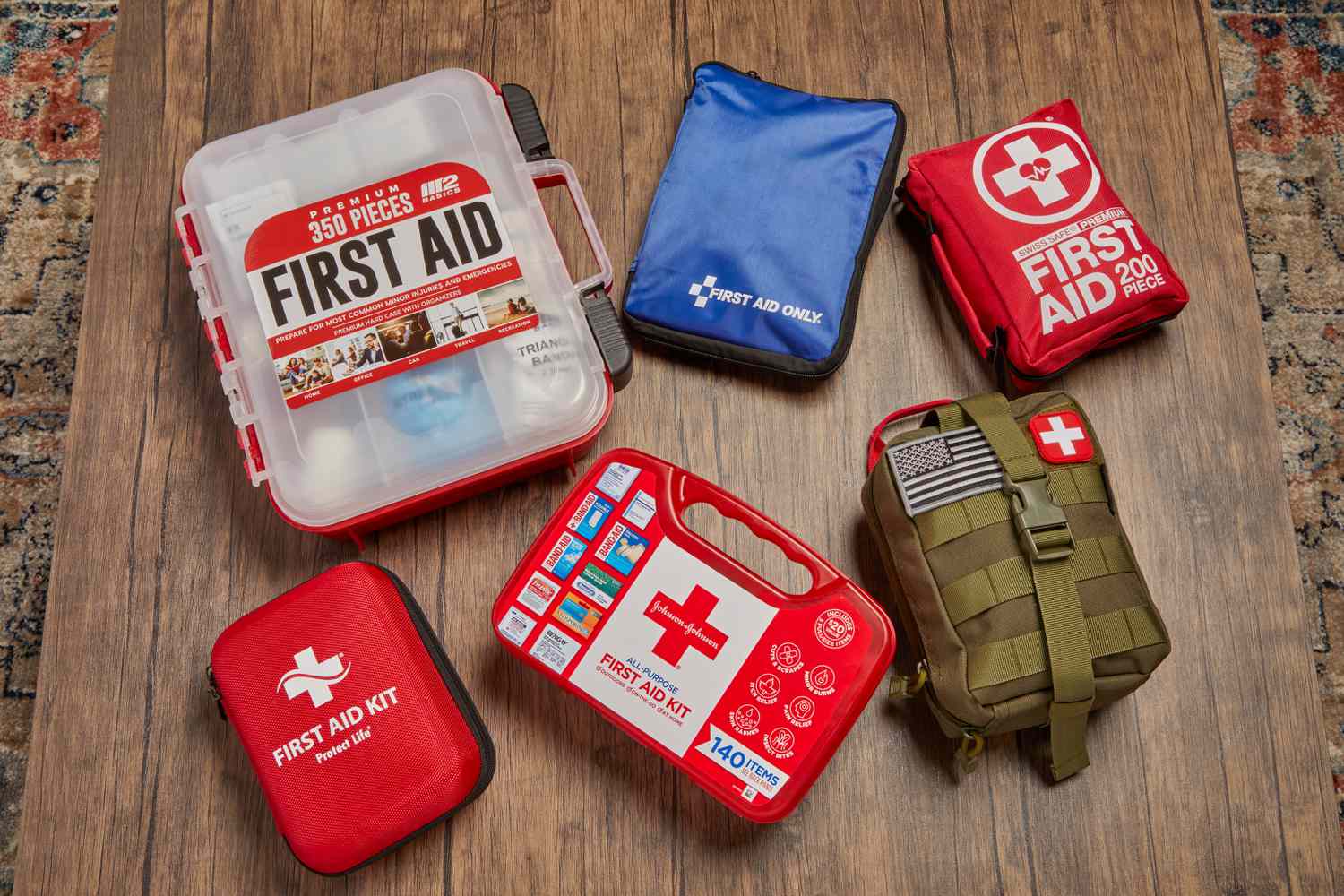
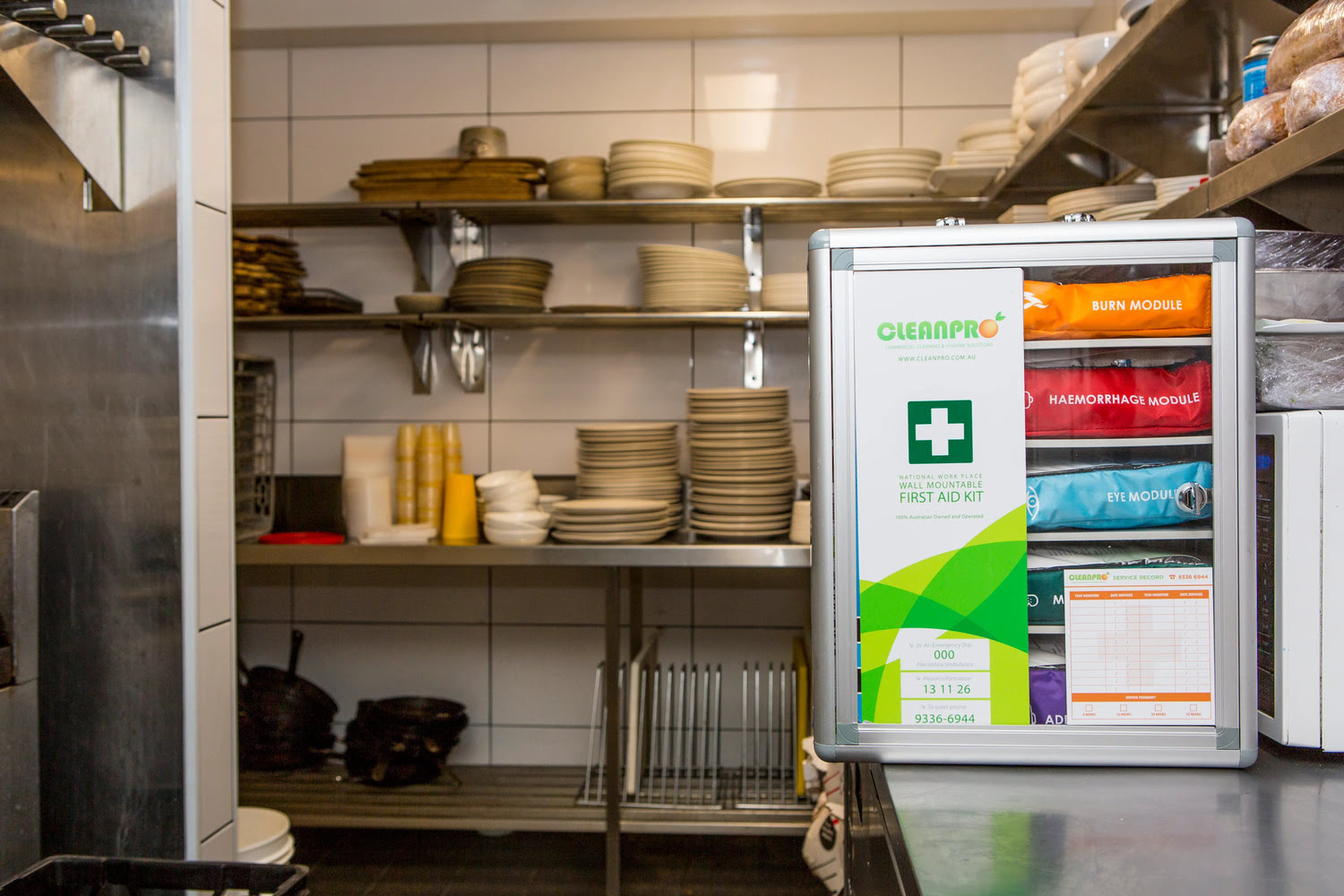
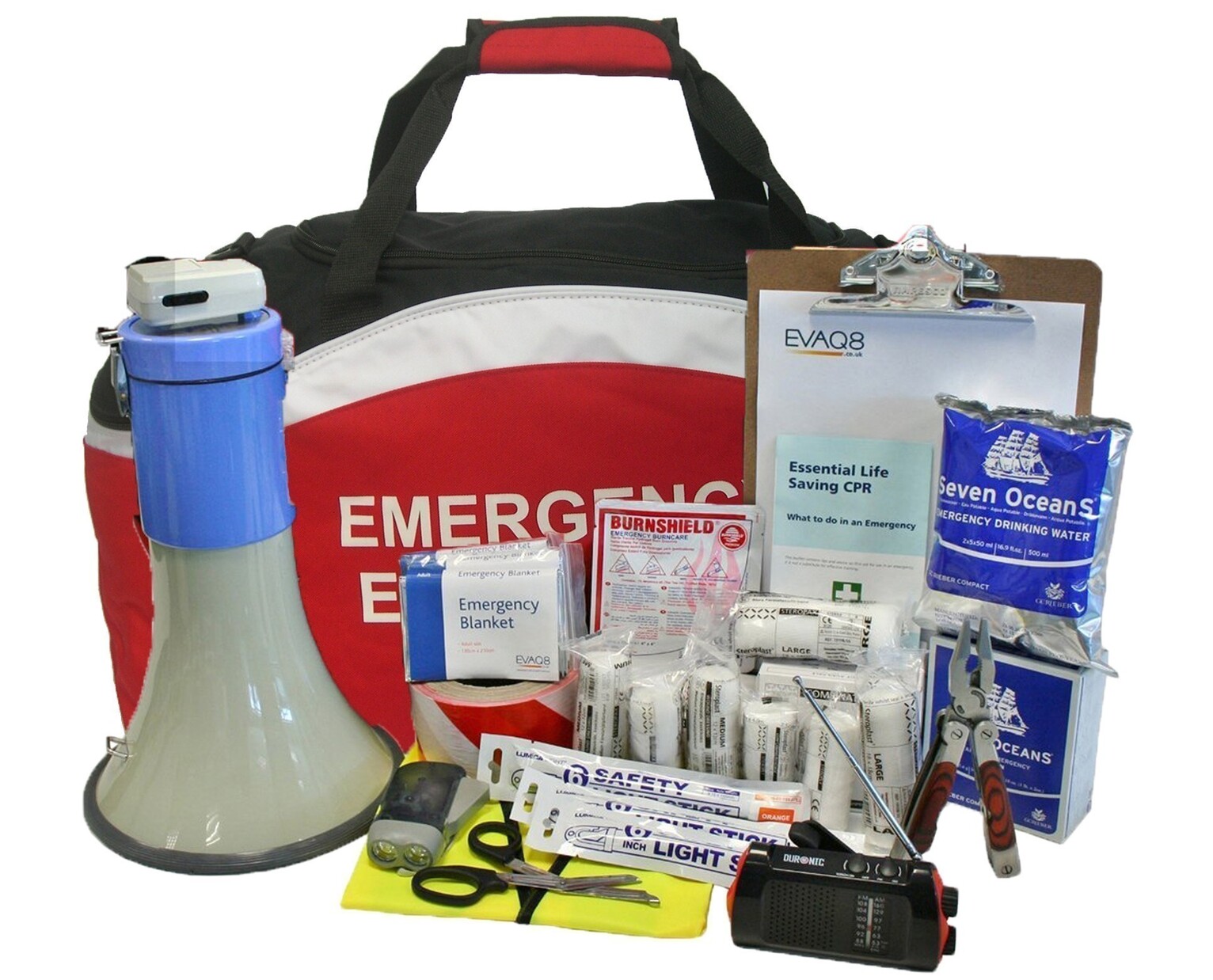
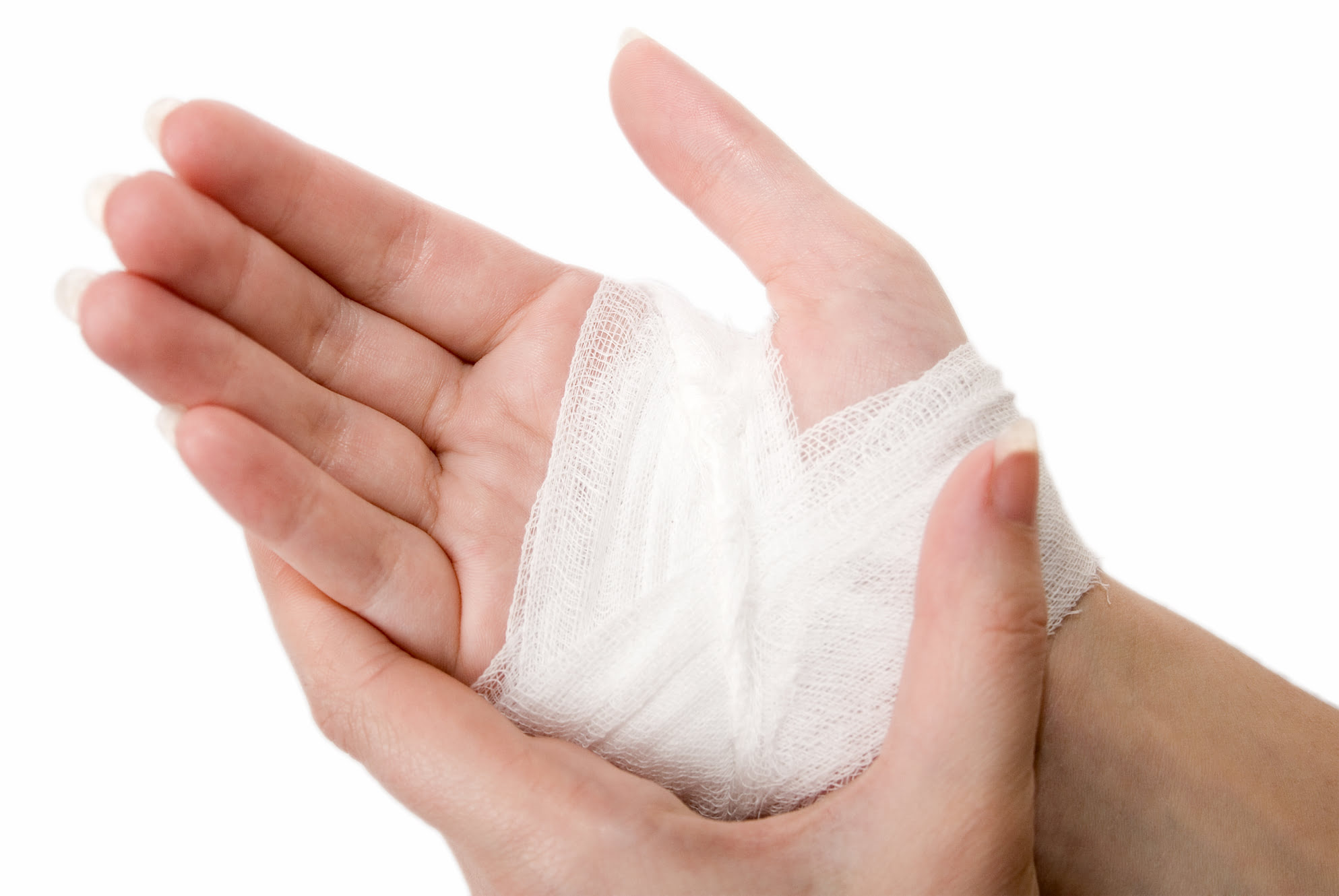
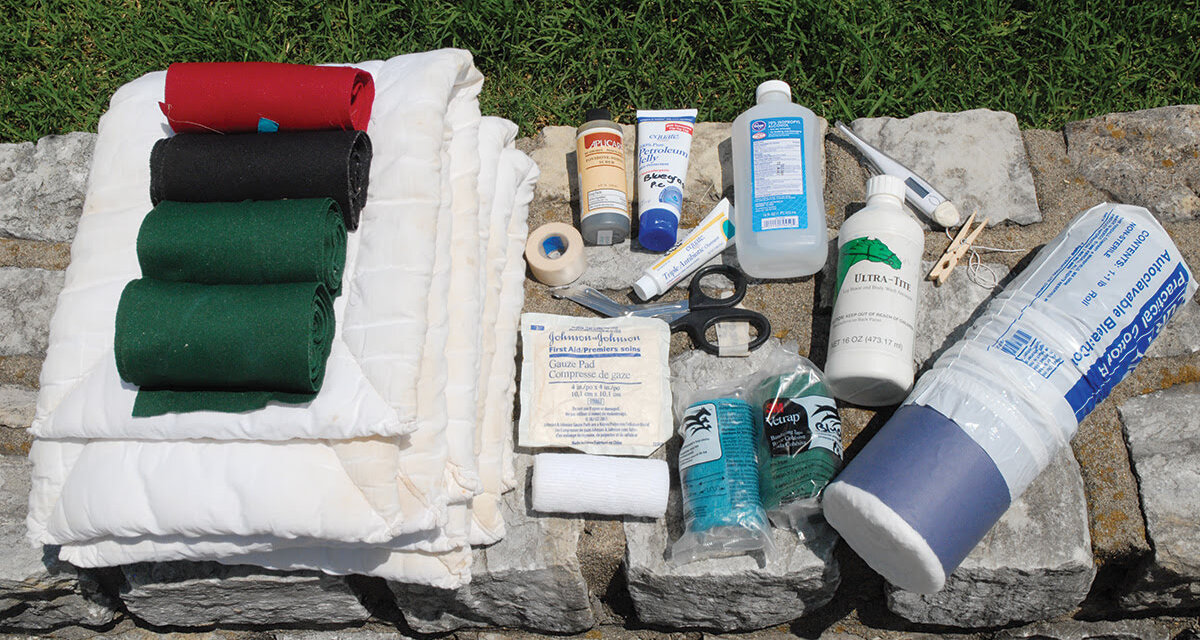
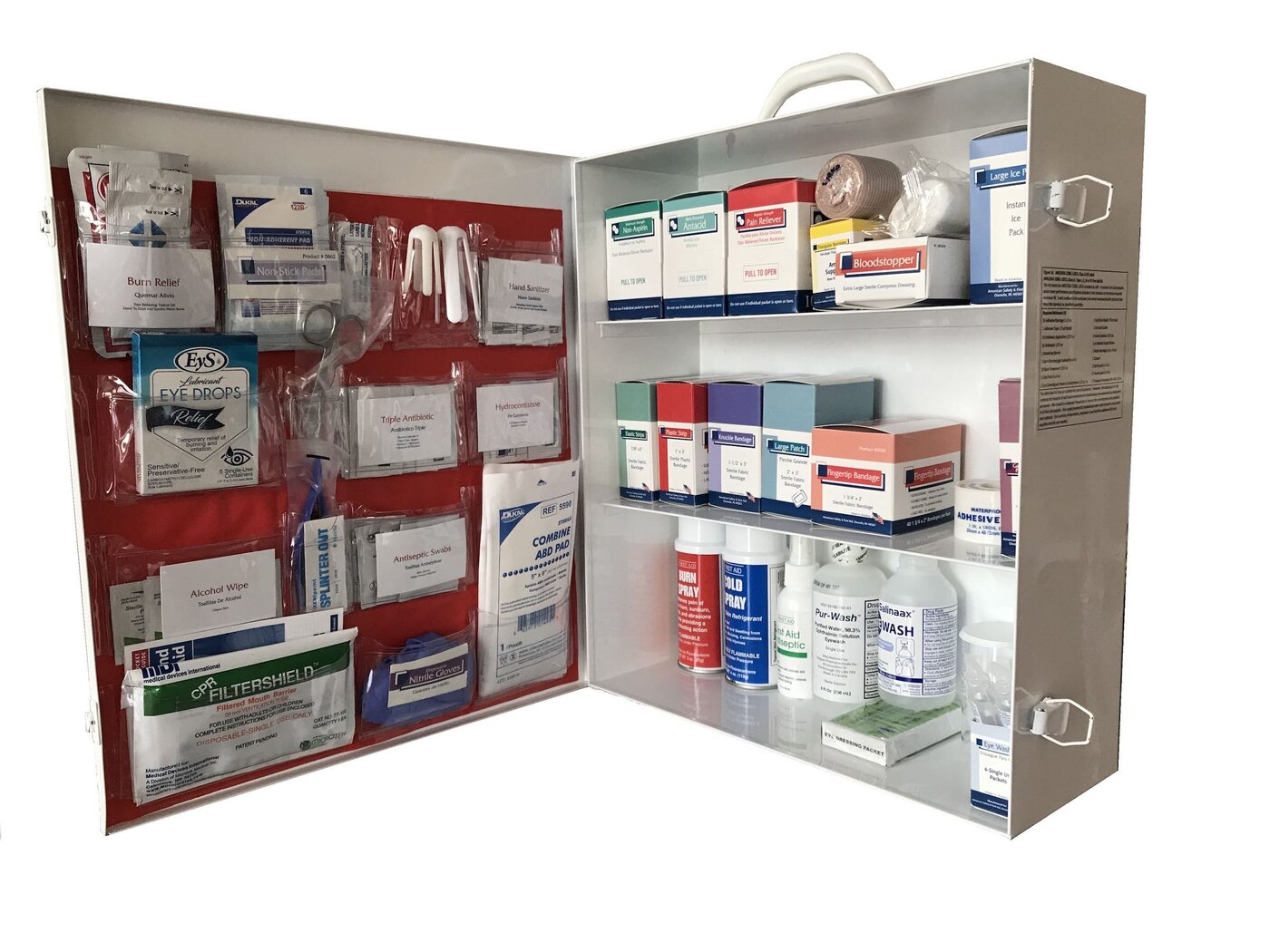
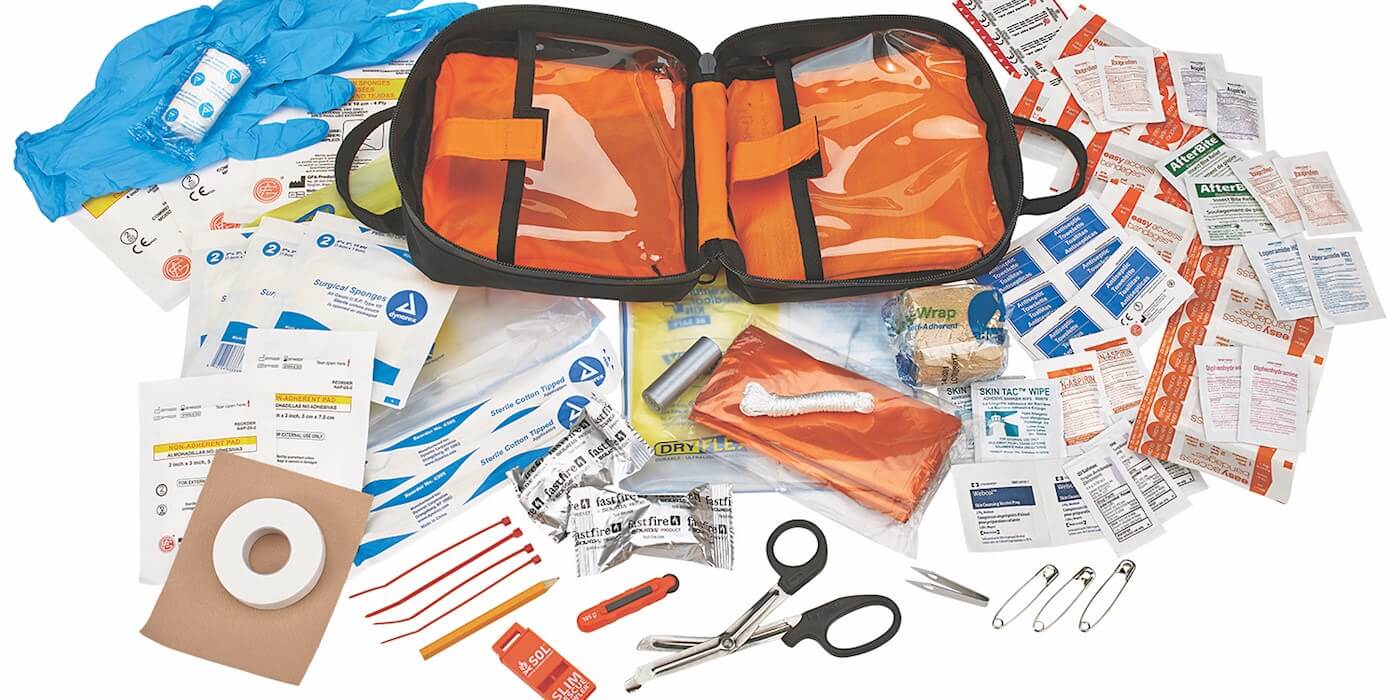
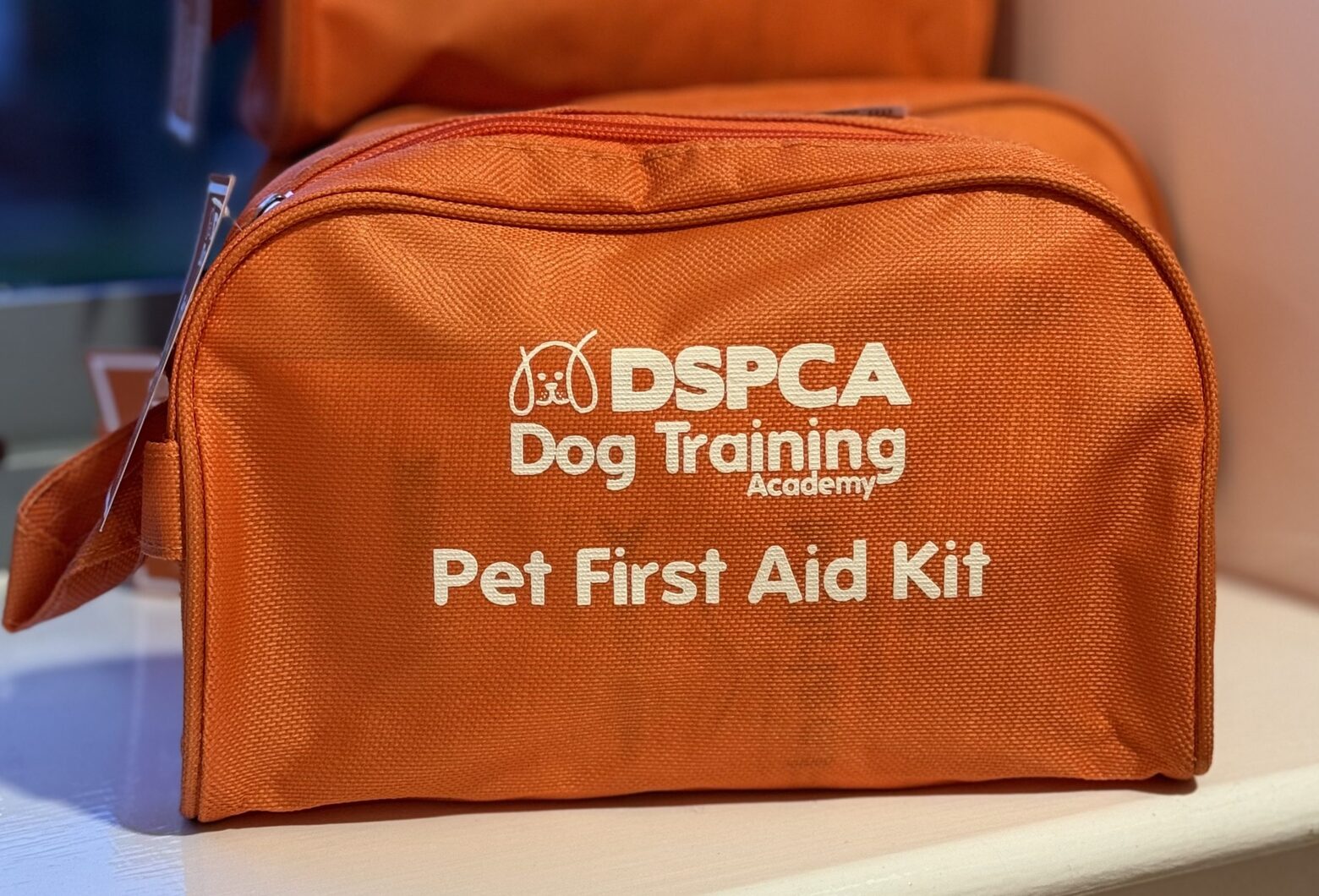


0 thoughts on “What To Put In A Travel First Aid Kit”